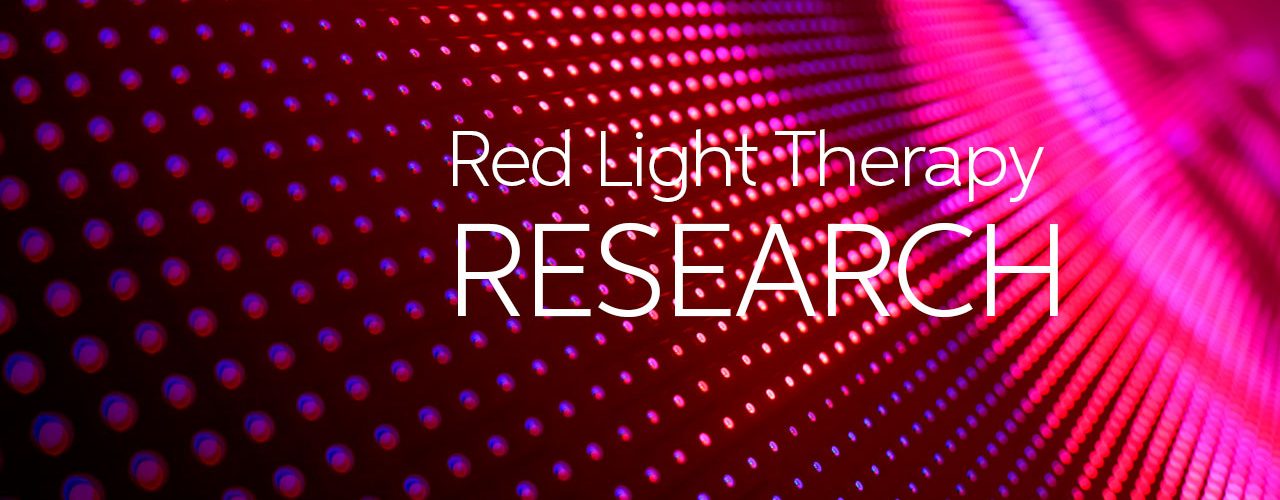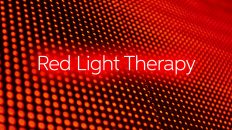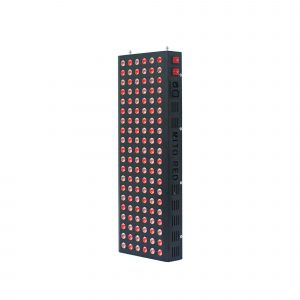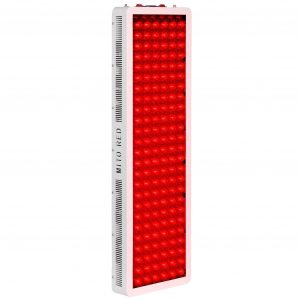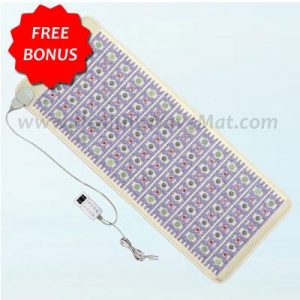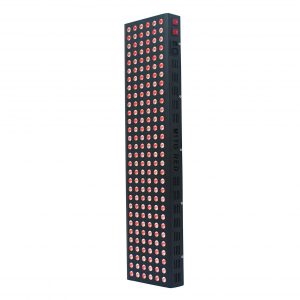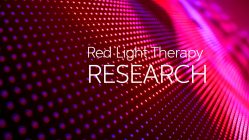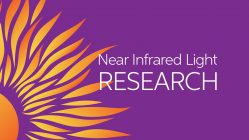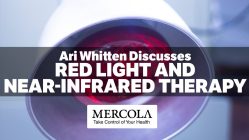Next to cancer, Alzheimer’s disease (AD) and dementia is probably the most worrying health problem facing the Western world today.
A large number of clinical trials have failed to show any benefit of the tested drugs in stabilizing or reversing the steady decline in cognitive function that is suffered by dementia patients.
Although the pathological features of AD consisting of beta-amyloid plaques and tau tangles are well established, considerable debate exists concerning the genetic or lifestyle factors that predispose individuals to developing dementia.
Photobiomodulation (PBM) describes the therapeutic use of red or near-infrared light to stimulate healing, relieve pain and inflammation, and prevent tissue from dying.
In recent years PBM has been applied for a diverse range of brain disorders, frequently applied in a non-invasive manner by shining light on the head (transcranial PBM).
The present review discusses the mechanisms of action of tPBM in the brain, and summarizes studies that have used tPBM to treat animal models of AD.
The results of a limited number of clinical trials that have used tPBM to treat patients with AD and dementia are discussed. . . .
. . . 3.1. Metabolism. Improved metabolic functioning is one of the most easily recognizable effects of PBM, and increased intracellular ATP production is one the most strongly supported mechanisms of action [57]. Moreover, several pre-clinical studies have shown that the brain content of ATP was increased in experimental animals (mice or rats) subjected to tPBM for various brain disorders [58,59]. It is a general finding that mitochondrial dysfunction, inadequate supplies of ATP, and oxidative stress are contributory factors in almost all forms of brain disease [60]. This has been reported for neurological conditions such as major depressive disorder [61], traumatic brain injury [62], Parkinson’s disease [63], and for AD [64].
3.2. Blood Flow. One of the changes that is easiest to measure after tPBM, is the change in cerebral blood flow and oxygenation. . . .
. . . .3.3. Neuroprotection. A wide variety of evidence suggests that PBM can be utilized for neuroprotection, essentially, to protect cells from damage, to promote their survival and longevity, and reverse apoptotic signaling processes. . . . PBM has also been shown to be effective in protecting cells from the harmful effects of toxins [74]. . . . In addition, PBM has demonstrated the rather unique property of affecting cells in different states of health in different ways, essentially modifying the cell in whatever way might be necessary to promote its survival. . . .
READ THE WHOLE ARTICLE: https://www.ncbi.nlm.nih.gov/pmc/articles/PMC6664299/

